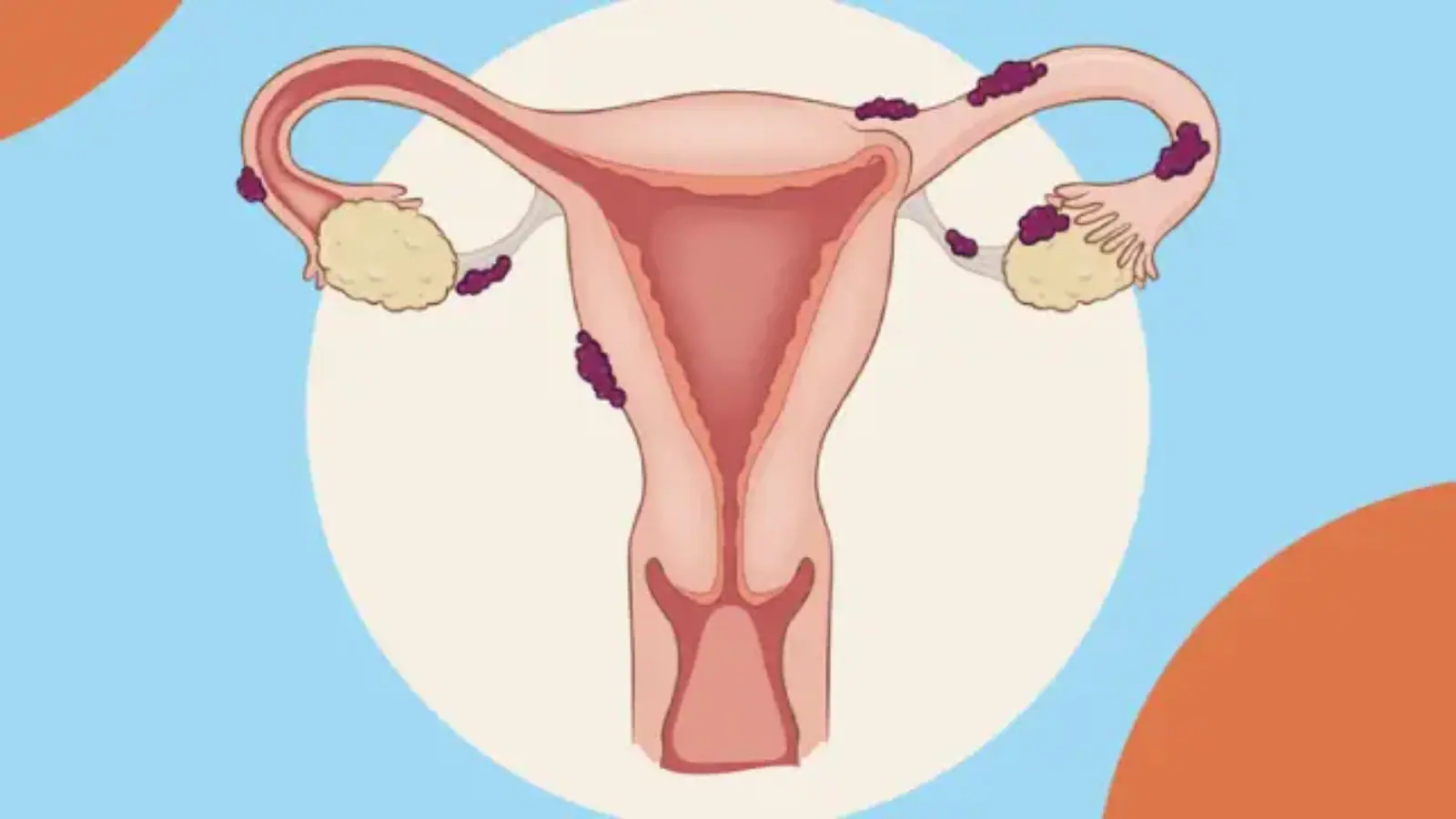Copyright news18

Endometriosis isn’t just an agonizing period, it’s a chronic, inflammatory condition that can affect multiple organs and deeply impair a woman’s physical and emotional wellbeing. Despite its prevalence, impacting an estimated one in ten women, the condition continues to be clouded by myths and misinformation. Early awareness, accurate diagnosis, and comprehensive care are crucial for lasting relief. To clear the air, Dr Smeet Patel, Endometriosis Specialist, Mayflower Women’s Hospital, Ahmedabad, and Dr Sanjay Patel, Endometriosis Surgeon, share their insights to separate myths from medical truth. Myth 1: “Cramps during periods are normal.” Fact: According to Dr Patel, it’s important to distinguish between normal menstrual cramps and chronic pain caused by endometriosis. “Pain during endometriosis is not like regular period cramps. It’s severe enough to disrupt daily life and strain relationships,” he explains. “Because many women assume it’s just part of menstruation, diagnosis is often delayed. Early evaluation is key, it can help preserve fertility and improve long-term reproductive health.” Myth 2: “A normal ultrasound means no endometriosis.” Fact: Many patients are misled by this assumption, says Dr Patel. “Standard ultrasounds often fail to detect deep or hidden lesions. Endometriosis can exist behind the uterus, around the bowel, or near the bladder, areas that routine imaging doesn’t capture,” he clarifies. “A precise diagnosis requires specialist imaging or laparoscopic assessment by trained professionals.” Myth 3: “Hormonal pills cure endometriosis.” Fact: While hormonal therapies can help manage symptoms, they do not treat the underlying condition. “Pills only provide temporary control; they don’t eliminate the disease,” explains Dr. Smeet Patel. “Lasting relief comes through complete excision of endometriotic tissue, complemented by physiotherapy, nutrition, and emotional support.” Myth 4: “Endometriosis gets cured during pregnancy.” Fact: A common misconception, says Dr. Sanjay Patel, is that pregnancy “resets” the condition. “Symptoms may ease during pregnancy, but the disease doesn’t vanish,” he notes. “Once menstrual cycles resume, pain and inflammation often return. Using pregnancy as a ‘treatment’ can actually worsen long-term fertility outcomes.” Myth 5: “Multiple small surgeries help control the disease.” Fact: Dr. Sanjay Patel cautions against repeated, partial procedures. “Frequent incomplete surgeries can cause more harm — leading to scarring, nerve damage, and increased pain,” he explains. “Comprehensive, well-planned treatment by a specialized team is essential to manage endometriosis effectively and prevent recurrence.” Myth 6: “Endometriosis only affects the uterus.” Fact: The disease is far more systemic than most people realize. “Endometriosis can spread beyond the uterus to the bowel, bladder, diaphragm, and even nerves,” says Dr. Sanjay Patel. “That’s why management should be multidisciplinary, involving surgeons, radiologists, fertility experts, and physiotherapists to ensure complete and holistic care.” The Takeaway Endometriosis is not “just painful periods.” It’s a complex condition that requires awareness, timely diagnosis, and comprehensive treatment. Both experts emphasize that with the right approach combining surgical precision, supportive care, and patient education women can reclaim their health and quality of life.



